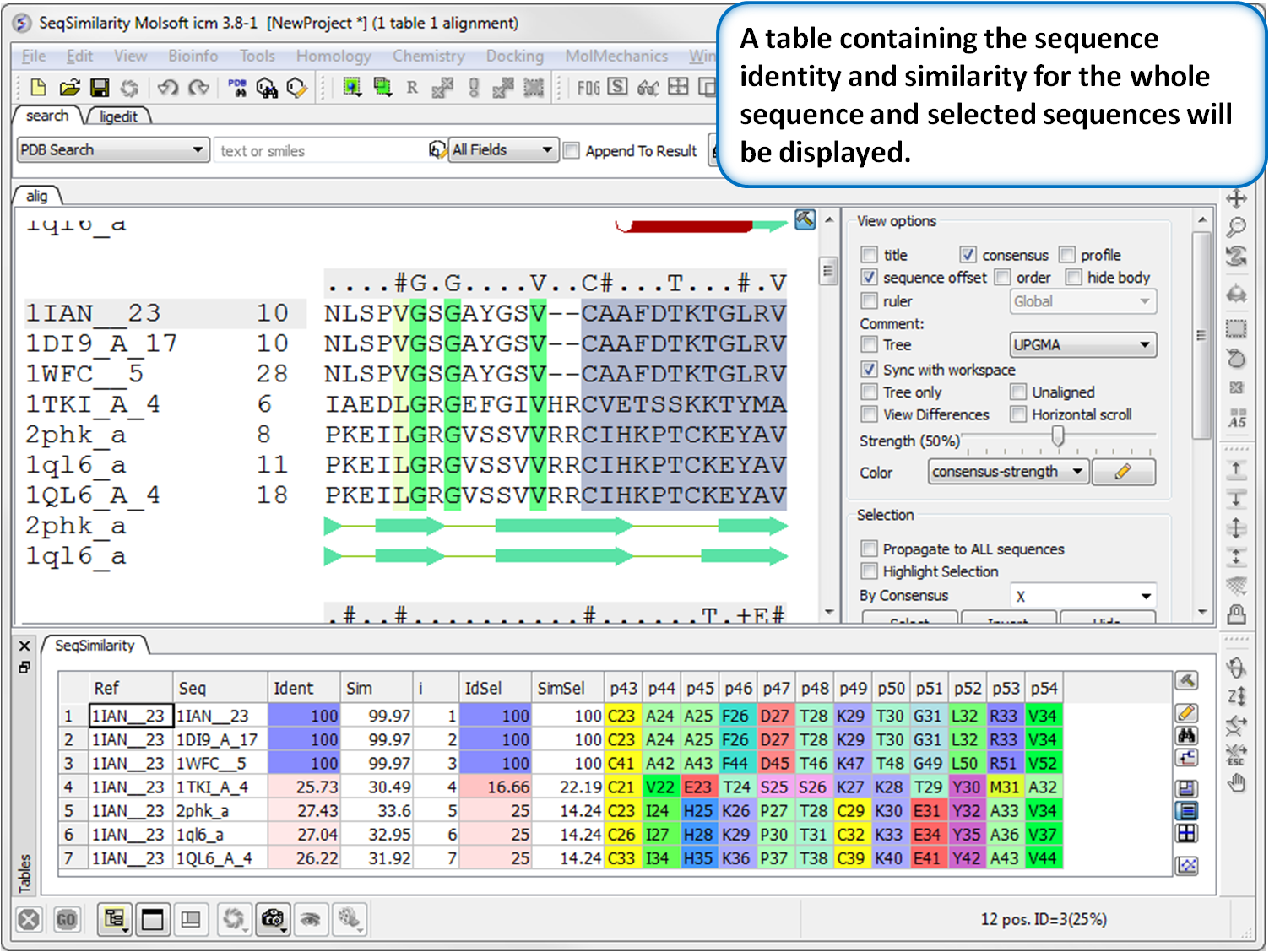Download Free 3d Qsar Software Store


Directory of computer-aided Drug Design tools. Chemometrics Applications and Research: QSAR in Medicinal. 3D-QSAR, protein- and. Download Bookshelf software. Igo Primo Para Windows Phone 8.
The carmine spider mite, Tetranychus cinnabarinus (Boisduval), is an economically important agricultural pest that is difficult to prevent and control. Scopoletin is a botanical coumarin derivative that targets Ca 2+-ATPase to exert a strong acaricidal effect on carmine spider mites. In this study, the full-length cDNA sequence of a plasma membrane Ca 2+-ATPase 1 gene ( TcPMCA1) was cloned. The sequence contains an open reading frame of 3750 bp and encodes a putative protein of 1249 amino acids.
Freeocr Ocr Software V3 0 Download. And yeah, Autodock is the best freely available docking software. If you face problem in using Autodock command line then try autodockvina plugin in PyMol (again. SOMFA is a technique for 3D QSAR designed. Molecular Descriptors DataBase is a free on-line database comprised. Several software packages to download..
The effects of scopoletin on TcPMCA1 expression were investigated. TcPMCA1 was significantly upregulated after it was exposed to 10%, 30%, and 50% of the lethal concentration of scopoletin. Homology modeling, molecular docking, and three-dimensional quantitative structure-activity relationships were then studied to explore the relationship between scopoletin structure and TcPMCA1-inhibiting activity of scopoletin and other 30 coumarin derivatives.
Results showed that scopoletin inserts into the binding cavity and interacts with amino acid residues at the binding site of the TcPMCA1 protein through the driving forces of hydrogen bonds. Furthermore, CoMFA (comparative molecular field analysis)- and CoMSIA (comparative molecular similarity index analysis)-derived models showed that the steric and H-bond fields of these compounds exert important influences on the activities of the coumarin compounds.Notably, the C3, C6, and C7 positions in the skeletal structure of the coumarins are the most suitable active sites. This work provides insights into the mechanism underlying the interaction of scopoletin with TcPMCA1.
The present results can improve the understanding on plasma membrane Ca 2+-ATPase-mediated (PMCA-mediated) detoxification of scopoletin and coumarin derivatives in T. Rework The Dead Evil Setup Wizard. Cinnabarinus, as well as provide valuable information for the design of novel PMCA-inhibiting acaricides. The plasma membrane Ca 2+-ATPase (PMCA) pumps Ca 2+ out of the cell to maintain cytosolic Ca 2+ concentration at a level that is compatible with messenger function. The concentration of nerve membrane Ca 2+ is normally higher in the cytoplasm than that in the extracellular matrix;furthermore, Ca 2+ is sequestered by sarco/endoplasmic reticulum Ca 2+ pumps (SERCA) or by Ca 2+-binding proteins, or else extruded by Na +/Ca 2+ exchangers or PMCAs [,,].
PMCAs exhibit cell-specific expression patterns and play an essential role in Ca 2+ homeostasis in various cell types, including sensory neurons [,,,]. The inhibition of PMCAs in rat and fire salamander cilia by specific drugs, such as vanadate or carboxyeosin, suggests that PMCAs play a predominant role in Ca 2+ clearance [,]. In mammals, four genes encode PMCAs []. PMCA isoforms 1 and 4 are ubiquitously expressed and considered as housekeeping isoforms, whereas PMCA isoforms 2 and 3 exhibit limited expression in tissues [,,,].
Through quantitative analysis, human PMCA1 is shown to be more abundant than PMCA4 at mRNA and protein levels []. Numerous methods, such as transient transfection, the use of stable cell lines, and use of the vaccinia viral vector, are used to advance knowledge on the differential properties of these isoforms [,,]. The carmine spider mite, Tetranychus cinnabarinus (Boisduval), is a global agricultural pest that parasitizes more than 100 plant species, including beans, cotton, eggplants, tomatoes, and peppers. Cinnabarinus infestations significantly reduce the quality and yield of these crops. These mites are difficult to prevent and control given its high fecundity, short developmental duration, small individual size, limited territory, and high inbreeding rate [,]. The control and prevention of T. Cinnabarinus are currently dependent on chemical insecticides and acaricides, such as spiromesifen, pyridaben, and etoxazole, which introduce a high amount of chemical residues to the environment and induce drug resistance in the target species [].